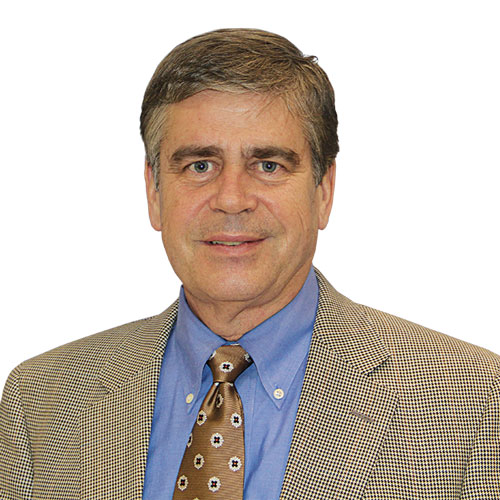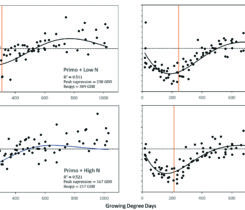Turf MD: Learning from my mistakes during a backyard turf renovation
When we built our home, I installed a putting green along the corner of the property. The design and construction of the green followed a minimalist rendition: simply seeding creeping bentgrass into recently spread topsoil encompassing the root zone construction. Through a repetitive practice of mowing, watering, fertilizing and sand topdressing, the 800-square-foot green came to life. That green became the signature trademark of the neighborhood.
As our kids grew up, the putting green became the meet-up place for the neighborhood kids and parents. Little kids with putters and golf balls in their hands without parental supervision could be considered some sort of neglect. A practical benefit of having that putting green in our backyard was we always received our packages early from FedEx and UPS, given the drivers often took their breaks to hit a few putts.
Over the years, that putting green was an integral part of family gatherings, my sons’ middle and high school golfing activities and neighborhood social events.
Goodbye green
As time and my family moved on, the putting green became more of a relic. The time commitment to manage it had lost most of its appeal. It took less time to mow than to actually start the greensmower, transport it, remove the wheels and then reverse the process to take it back.
I made the decision about 10 years ago to remove the putting green and reestablish the area to a mix of Kentucky bluegrass and perennial ryegrass. Given that I constructed the green in a minimalistic fashion, I focused on killing the creeping bentgrass and reseeding. I tackled the renovation with considerably less enthusiasm and patience than when I first installed the green.
Knock ’em down
The process consisted of spraying the bentgrass area with glyphosate, waiting 10 days and spot-treating any places I thought required a second treatment.
Initially, the ryegrass predominated the area, but blended well with the existing lawn. In the 10 years since, creeping bentgrass has slowly reemerged alongside the outline of the putting green.
It’s easy to point to the number, or lack of, glyphosate sprays I initially made when speculating on the failure to remove creeping bentgrass.
In creeping bentgrass fairway renovation, superintendents traditionally apply two glyphosate sprays before seeding with a new cultivar or blend of creeping bentgrass cultivars. The purpose of the two sprays is to kill as much existing plant material as possible. Unfortunately, if it is not completely killed, new shoots can emerge from nodes along the stolons and surviving crowns.
Effective control of established creeping bentgrass should lean toward practices used for bermudagrass fairway renovation. In bermudagrass renovation, superintendents apply an initial nonselective herbicide or herbicides. Prior to the second application, superintendents promote turf recovery by watering and fertilizing to promote new and existing growth. Superintendents make the second application and repeat the turf recovery phase prior to a third application. Often the intervals between sprays may run up to 30 days.
For creeping bentgrass, superintendents do not promote an active regrowth phase because the spray intervals may range from 7 to 10 days. Given the seasonal limitations of renovating creeping bentgrass in the late summer through fall, 30-day intervals may not seem practical. Yet promoting turf recovery after an initial nonselective herbicide spray effectively increases the kill potential of a second spray. Lastly, if superintendents increase the number of nonselective sprays to three or more, the success rate should be greater.
Creeping bentgrass is fascinating. Given its growth habit, including stolons and nodes, you could, in theory, establish a putting green or fairway from one creeping bentgrass plant. Unfortunately, to kill creeping bentgrass, you need to get all the individuals.

Karl Danneberger, Ph.D
Karl Danneberger, Ph.D., Golfdom’s science editor and a professor at The Ohio State University, can be reached at
danneberger.1@osu.edu












